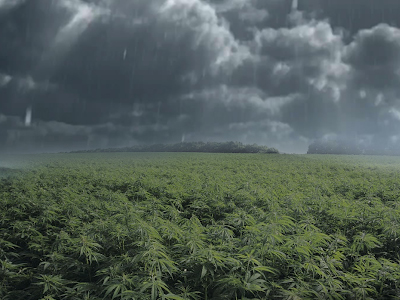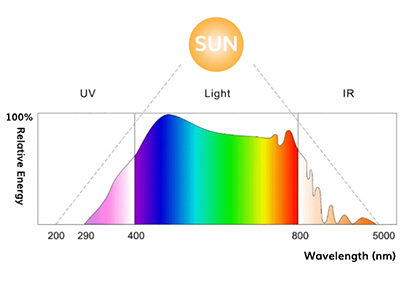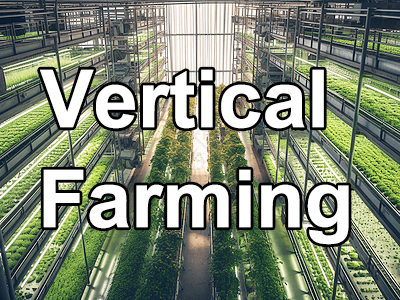When dealing with nutrient issues in cannabis plants, our goal is to avoid the "too skinny or too fat" scenario caused by nutrient imbalances. Just like feeding a plant, we don't want to starve them or make them overweight.
Nutrients: How Hungry Are Your Plants?
Let's start with the basics. Cannabis plants require two types of nutrients: macronutrients and micronutrients. Macronutrients are like the plant's main course, including nitrogen, phosphorus, and potassium, which are essential. Micronutrients are like seasonings; they are needed in smaller quantities and include elements like iron and manganese. However, when feeding plants, it's crucial to get the quantities right to avoid overfeeding or underfeeding issues.
How to Identify Signs of Nutrient Deficiency?
Visual Changes: One of the most common signs of nutrient deficiency is a change in leaf color. For example, nitrogen deficiency often causes yellowing of leaves, phosphorus deficiency may result in purple-colored leaves, and potassium deficiency can lead to yellowing of leaf tips and edges. Each nutrient deficiency has its unique visual indicators, and by observing these subtle changes, you can identify which nutrient is lacking.
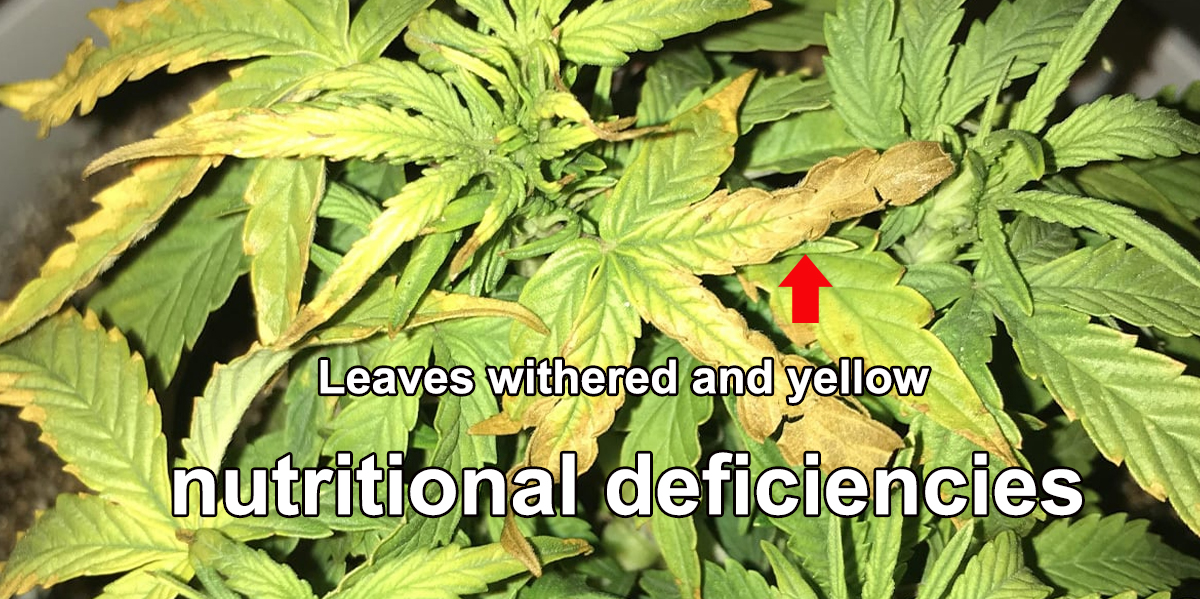
Growth Signals: Besides noticeable visual changes, nutrient deficiencies can also affect the plant's growth rate and quality. For instance, nitrogen is a primary element for promoting plant growth, and its deficiency can cause stunted growth and small, underdeveloped plants. A potassium deficiency may result in fewer flowers, smaller fruits, and poor quality.
How to Identify Signs of Nutrient Excess?
Similar to nutrient deficiencies, nutrient excess can have adverse effects on cannabis plants. Excessive nutrient levels can lead to a range of problems, from leaf burn to overall growth inhibition. Here are some common signs of nutrient excess:
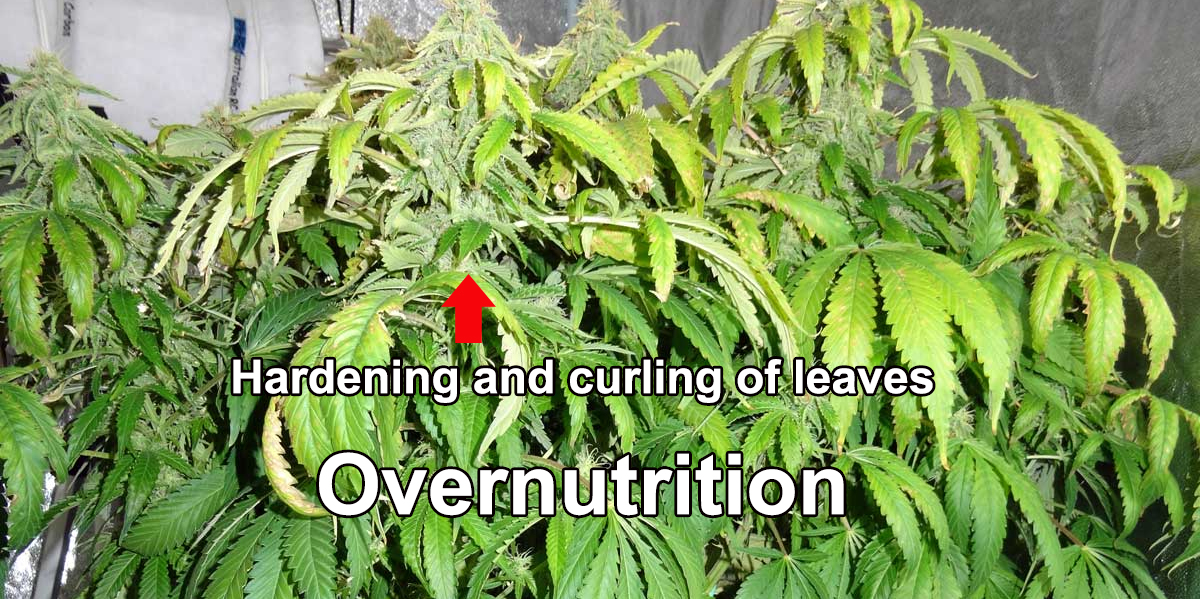
Tip burn: This is one of the most evident signs of nutrient excess. The leaf tips turn yellow and gradually become burnt, especially in the case of nitrogen excess.
Hardening and curling of leaves: Excessive amounts of certain nutrients, such as potassium, can cause leaves to become rigid and curl upward or downward.
Stunted growth: While nutrient excess may seem like it provides more growth resources, it can actually hinder plant growth as the plant struggles to efficiently absorb water and nutrients.
Salt accumulation: Excessive salts from fertilizers can accumulate in the soil, potentially damaging the plant's root system and causing difficulties in water and nutrient uptake.
How to Adjust and Improve?
Once you identify signs of nutrient excess, the next step is to take measures to adjust and improve the situation. This includes:
Reducing fertilization: If you suspect nutrient excess, start by reducing the use of fertilizers, especially chemical ones, as they can easily lead to nutrient and salt accumulation.
Flushing the soil: Flushing the soil with ample amounts of water can help remove excess nutrients and salts. However, be cautious not to overwater and cause waterlogging of the roots.
Using organic fertilizers: Organic fertilizers release nutrients slowly compared to chemical fertilizers, helping to avoid nutrient excess issues. Additionally, organic fertilizers can improve soil structure and microbial activity.
Cannabis plants can communicate whether they are hungry or overfed through leaf color and shape. Therefore, you need to learn to adjust the "menu" based on their "condition." However, don't think of it as a fixed diet plan—it's not that simple! These green little beings have varying appetites depending on the season and growth stage.
If you feel overwhelmed during this process, don't worry, we're here to help. If you have any questions or want to delve deeper into how to nurture your plants, look below and find the chatbox waiting for you. Click on it, and we can discuss further.





















